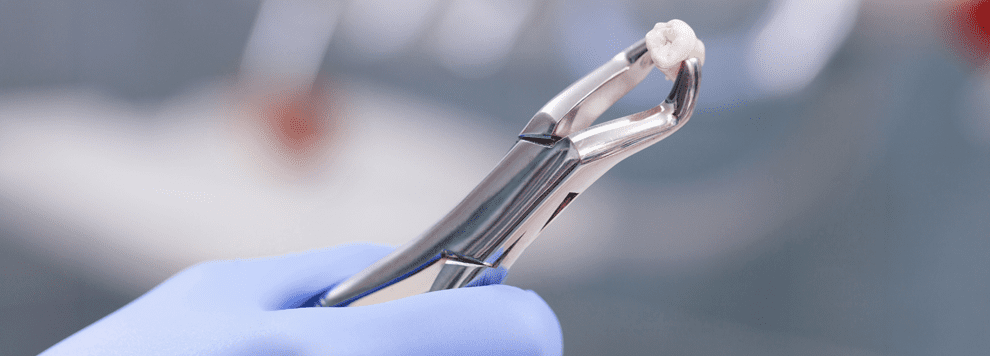Most people come up with the question, “How do I know when I have to remove my wisdom teeth?” Some of them are also under the misconception that wisdom teeth are something that must be removed, no matter whatsoever. The truth is that only impacted wisdom teeth have to be removed. Your dentist or oral surgeon would analyse your specific condition and does what is ideal for you. There are several facts that count towards wisdom teeth removal. Find them below.
1. Health in the Second Molar
Every adult has a total of 32 teeth, which also includes the second molars. Second molars are located right in front of the wisdom teeth. This is why while evaluating wisdom teeth, the health of your second molars are also determined. Wisdom teeth can erupt in various ways. Sometimes they do erupt perfectly upright. Otherwise, they will grow sideways and affect the adjacent second molars. When a wisdom tooth affect second molar, it represents that the former have to be removed.
2. Gum Disease:
Another factor used to evaluate wisdom teeth removal is gum disease. Impacted wisdom teeth create adverse effect on the health of the gums and it is also found that the amount of bacteria around the molars decreases after the removal of wisdom teeth. Oral surgeons also suggest performing bone grafting after the removal of wisdom teeth in order to prevent damage on second molar, if any.
3. Age:
The presence of cavities on wisdom teeth is also found to increase with age. The risk of post-operative complications and time for recovery is also enhanced for that matter. This is why it is estimated that early removal of wisdom teeth has produced successful outcomes and reduced adversities such as infections.
4. Dental Crowding:
While several patients, dentists and oral surgeons believe that dental crowding is one of the outcomes of wisdom teeth, that doesn’t always have to be the reason behind it. Dental crowding is a phenomenon that can appear due to a variety of reasons. Therefore, the relationship between wisdom teeth and direct crowding cannot always be determined.
5. CT Imaging:
Panoramic X-Ray is the conventional method usually used to evaluate wisdom teeth. However, this method offers only a limited view to the clinician and doesn’t enable them to make a proper plan for surgery. A new approach called the cone beam scan which is similar to CT scan, will allow the clinician to view even the minute details in 3D view, thus enabling them to make wisdom teeth removal even more successful. Once they asses such details, they will let you know if wisdom teeth removal is necessary.
These are some of the ways with which you can estimate the removal of wisdom teeth in Sydney. In a nutshell, some of the major factors to consider for removal of wisdom teeth include gum disease, dental crowding and health of second molars.

